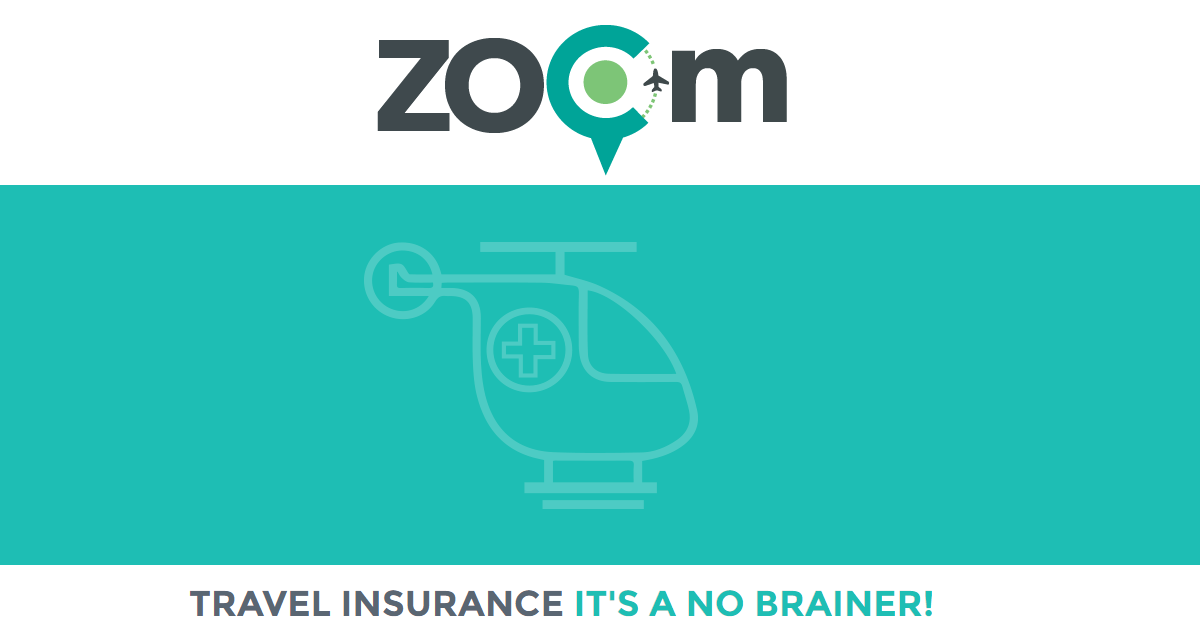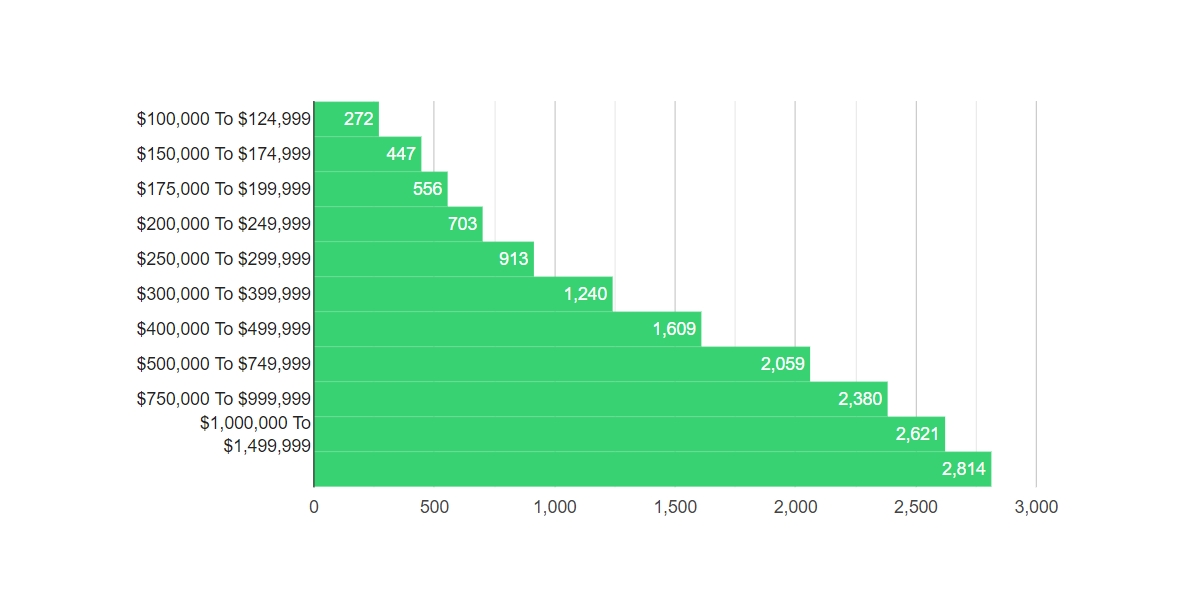
Health insurance is a vital aspect of compensation for many employers. The cost of these benefits has risen steadily over the past decade. Prescription drug costs, increasing deductibles and rising health system pricing are just a few of the reasons. These trends are driving premiums to rise and depressing wages. Employers are often frustrated by rising costs and increased administrative burdens. Some are looking for non-wage alternatives.
Employers are increasingly using wellness programs through wearable technology. One survey found that one in five employers collect data on employees' wearable devices. While health insurance continues to be driven largely by rising prices, employers are increasingly looking at alternative payment methods to help their employees.
According to the Congressional Budget Office, the number of Americans who have health insurance through their employers will stay the same at 159 million over the next ten years. It means that tax-preferential health insurance will not change. In 2019, the cost of single coverage for a household will still exceed 9.86%.

Premiums cover not only the price of health insurance, but also the cost to pay deductibles. In the United States, about a quarter of workers have a deductible of at least $2,000. The deductible for workers in the United States is approximately $2,000. Many businesses are now opting to be self-insured, which can reduce the overall cost of benefits. The self-insured plan can save money if claims are low. However, if the claim exceeds expectations, the employer may have to pay more.
Small group rates are determined based on the employees' age. Massachusetts's average annual wage for workers under 25 is $1186, while Massachusetts's average annual rate for those over 25 is $6,896.
Larger employers have greater control of plan coverage. Most large employers offer a biometric screen to their employees. They offer a health and wellness program to encourage employees to see lower-cost doctors. Public sector employers can also customize their health plans to meet employees' needs.
Employers with 51 to 100 employees will be moved by the Affordable Care Act into a merged marketplace for 2016 health insurance. These employers will pay premiums that can go up to 9 %. It also requires states to set rate annually. A $3,480 penalty is imposed on those who do not offer affordable plans.

Some small employers may need to make additional contributions in order to subsidize their employees' health insurance. For example, in Massachusetts, employers are expected to contribute $50 per employee per year.
Despite these requirements being met, the number employers offering health insurance continues its decline. Many small employers are dissatisfied with the uncontrollable costs of benefits, after a decade filled with rapid increases. While most employers do not see an increase in their health insurance rates, some find it difficult to retain staff.
As the unemployment rate remains low, the difficulty of retaining employees is only increasing. This is a problem for employers. If they don't offer health insurance to their employees, they will face a penalty of $2,320 per employee. For failing to comply COBRA, which requires employers to offer continuing health care to employees, there are thousands of dollars worth of fines.